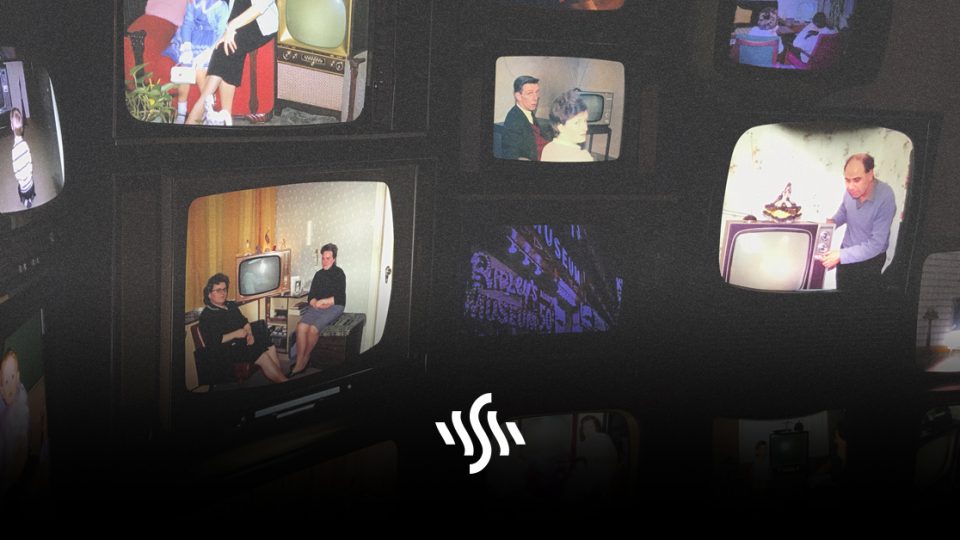What’s the Difference Between OLED and LCD?
In light of the new Nintendo Switch console announcement, you may be wondering what the difference between OLED and LCD is. Find out here!
Nintendo made a big announcement this week. Although it may not have been the heavily rumoured Switch Pro announcement many were expecting, it has still generated some excitement. A new console has been revealed, for sale from October this year. The most notable difference between this new console and the existing Nintendo Switch is the display.
Up until now, Switches have always had LCD screens, which is pretty standard for handheld consoles and devices. But, the newly announced Switch will have a shiny 7-inch OLED screen instead.
If you’re unsure how LCD and OLED screens work, then it’s hard to get too excited about this update. So, what is the difference between OLED and LCD?
LCD
Liquid Crystal Displays (LCD) use a backlight, or multiple backlights, to illuminate a gadget’s screen. These will cover the whole area of the screen, lighting it evenly. There are display pixels sat on top of the backlights, which are made up of red, blue, and green sub-pixels. It is a combination of these which creates the different colours.
Because LCD screens require the whole screen to be backlit at any one time, it can result in a lot of power being drawn. To counterbalance the inexpensiveness of LCD screens, this means a drain on battery life for devices like the Nintendo Switch.
OLED
Organic Light Emitting Diodes (OLED), on the other hand, use self-lighting pixels, rather than backlights. These work on an independent basis, meaning that the pixels only light up when there is an image to be displayed. As a result, the image displayed is much crisper and sharper, due to a greater contrast.
Because the pixels only light up when needed, this creates less of a demand on the battery of devices. As you probably guessed, devices with OLED screens are more expensive than LCD, as a general rule.
Why Will an OLED Nintendo Switch Be Better?
The difference between and OLED and LCD Switch may be enough to rouse some excitement with gaming fans. Although some of the details are fairly minor, it will mean a better gameplay, visually.
The OLED screen will give deeper blacks, sharper colours and a general improved image quality. The overall brightness should be greater too, but with a lower power draw.
The OLED model is purported to have the same 4310mAh lithium-ion battery, and the same battery life. However, this has always depended on which games you play, but now the OLED screen could have some impact on this as well.
